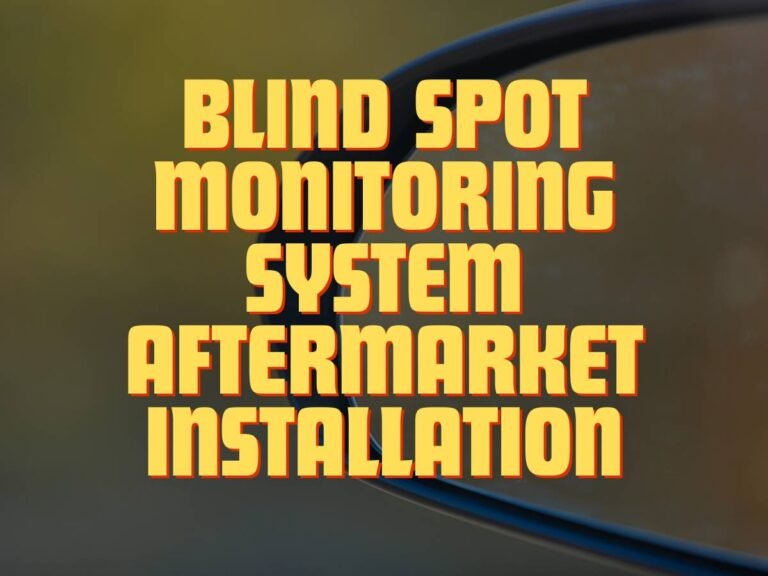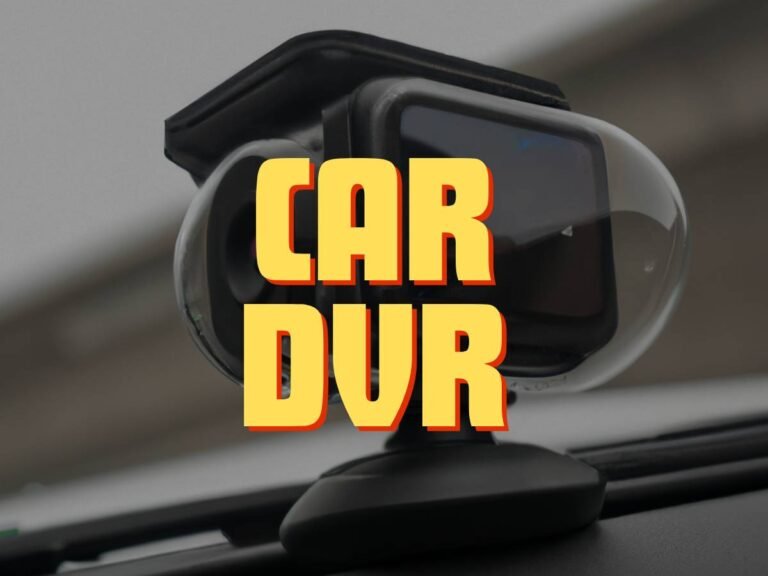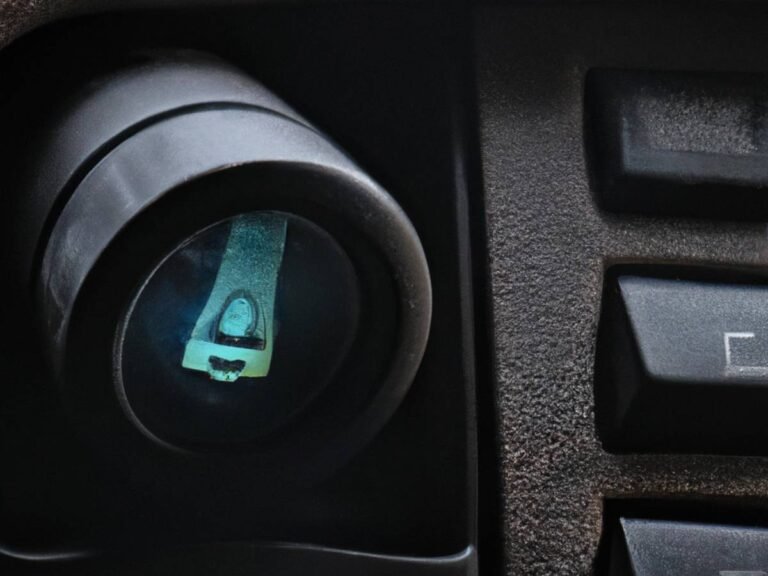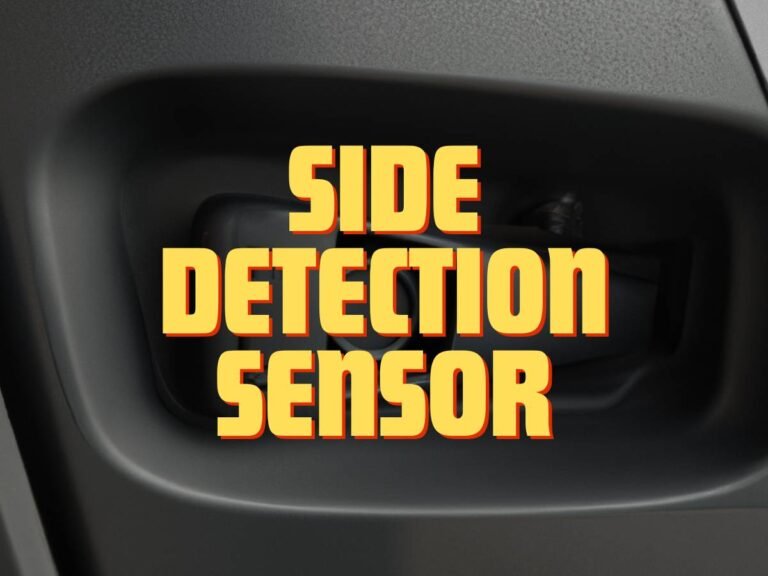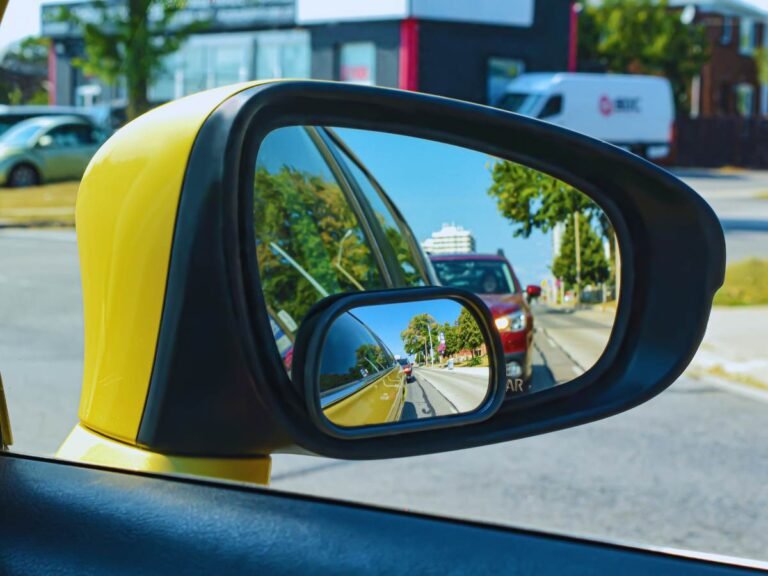How Does a Vehicle Blind Spot Camera Work?
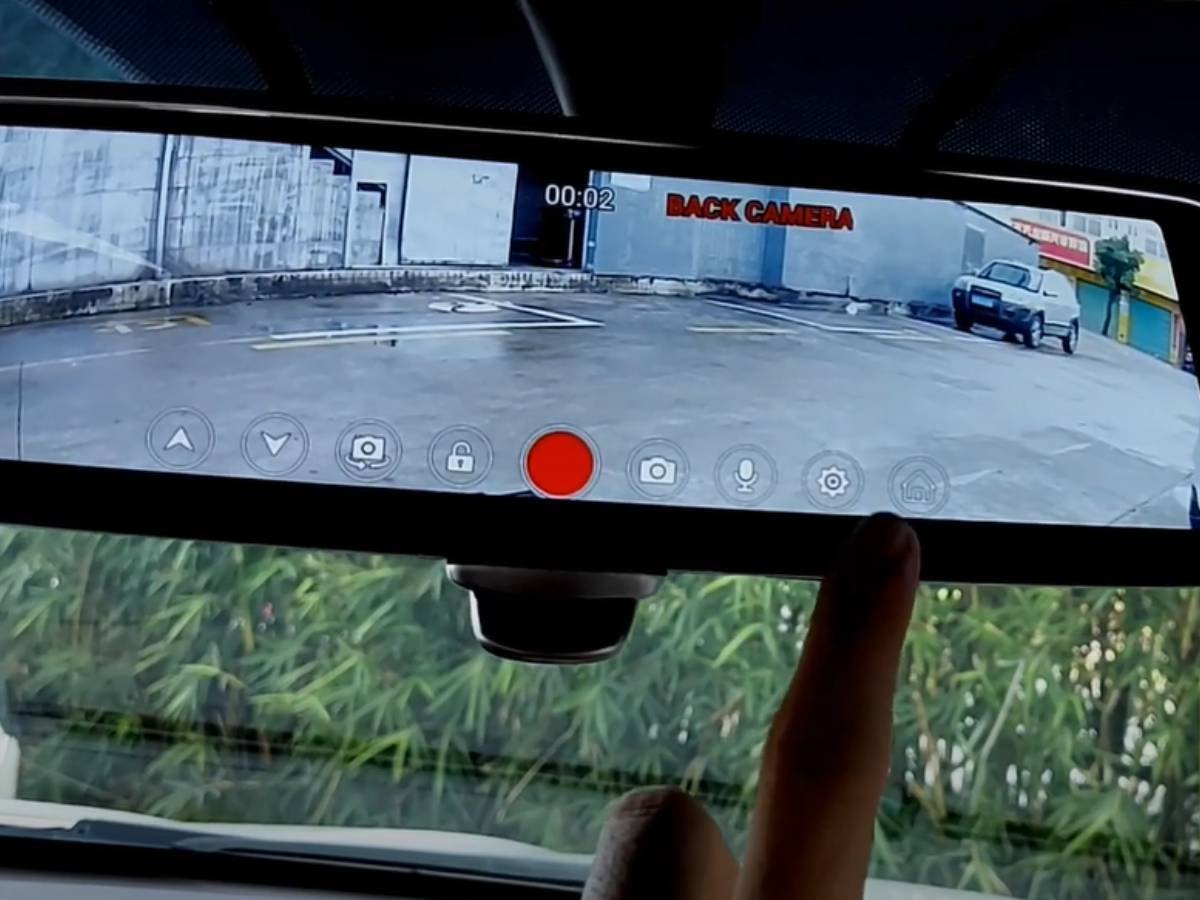
A vehicle blind spot camera is an advanced driving assistance system (ADAS). As the name suggests, it utilizes one or multiple cameras to monitor the blind spots of a car, truck, SUV, bus, etc. These cameras keep the driver updated on their surroundings, triggering alerts after detecting a potential threat.
Are you new to the world of ADAS? Then, you might not know much about vehicles with blind spot camera. However, there’s no need to worry! This guide will provide you with everything you need to know. Continue reading to find out!
Why Do You Need a Vehicle Blind Spot Camera?
A vehicle blind spot refers to areas around a vehicle that the driver cannot see directly through the rearview or side mirrors. These spots are hazardous as they can obscure the presence of other vehicles, pedestrians, or obstacles, leading to potential accidents. Blind spots vary depending on the vehicle’s size, design, and the driver’s seating position.
Blind spots are caused by several factors, including the vehicle’s structure, the positioning of mirrors, and the driver’s view. Common areas for blind spots include:
- Side Blind Spots: Typically located on the driver’s and passenger’s sides, often extending from the front doors to the vehicle’s rear.
- Rear Blind Spots: The area directly behind the vehicle that is not visible through the rearview mirror.
- Front Blind Spots: Less common but can occur in vehicles with high dashboards or trucks with large hoods, obstructing the driver’s view of the road immediately ahead.
Traditionally, drivers have relied on mirrors and certain devices to minimize blind spots. Some of the most popular options include:
- Side Mirrors
- Rearview Mirrors
- Convex Mirrors
- Blind Spot Mirrors
While these traditional methods help reduce blind spots, they have limitations. Here’s what you need to know:
- Mirror Adjustments: Properly adjusting mirrors can be challenging and often requires a compromise between views of different areas.
- Field of View: Even with the best mirror adjustments, some areas remain invisible, especially close to the vehicle.
- Driver Dependence: Relying solely on mirrors places the onus on drivers to constantly check their blind spots, which can be inconsistent and prone to human error.
- Night Visibility: Mirrors are less effective in low-light conditions, making it harder to spot vehicles and obstacles at night.
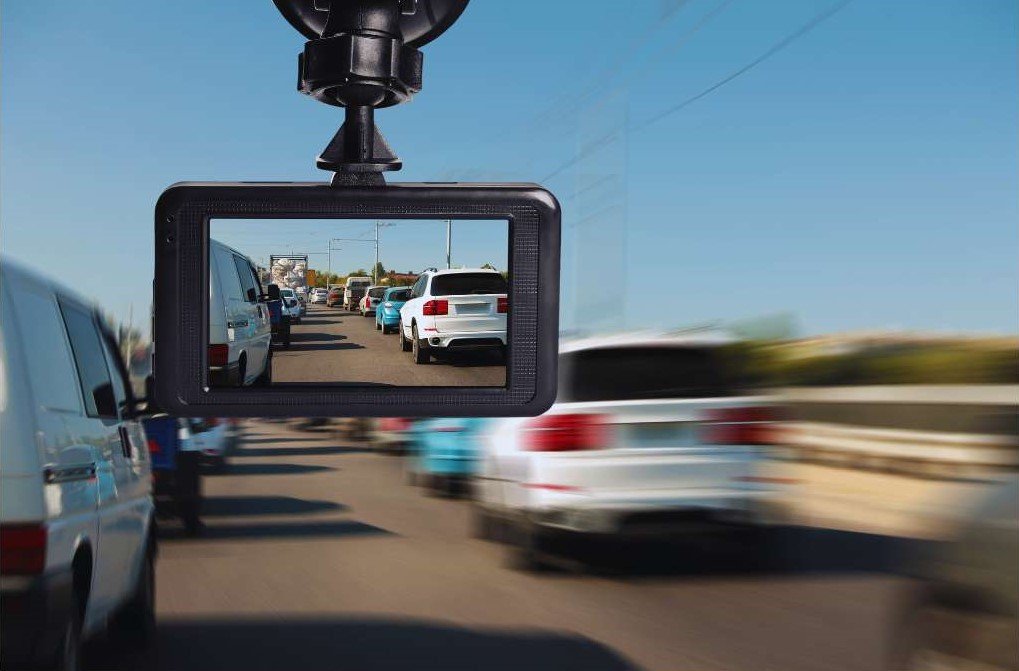
How Does Vehicle Blind Spot Camera Work?
Now, you know the basics of vehicle blind spot camera. Let’s look at the different types of camera systems we have available:
- Side-View Cameras: Mounted on the side mirrors or the side panels of the vehicle, these cameras provide a clear view of the lanes next to the vehicle, eliminating side blind spots.
- Rear-View Cameras: Typically installed at the back of the vehicle, these cameras give drivers a full view of the area directly behind the vehicle, which is especially useful when reversing.
Modern blind spot cameras are seamlessly integrated into the vehicle’s existing systems, enhancing usability and functionality. Key integration points include:
- Dashboard Displays: The live feed from the cameras is displayed on the vehicle’s infotainment screen or a dedicated monitor on the dashboard. It allows drivers to easily check their blind spots without taking their eyes off the road for too long.
- Heads-Up Displays (HUD): Some advanced systems project the camera feed onto the windshield. That provides real-time visual information in the driver’s line of sight.
- Mirror Integration: In some vehicles, the camera feed can be displayed in a portion of the side mirrors. That is by combining traditional and digital views for comprehensive coverage.
Key Features Of Vehicle Blind Spot Camera
Let’s look at the primary features that a vehicle with blind spot camera has:
High-Definition Video
Modern blind spot cameras offer high-definition (HD) video quality, ensuring clear and detailed images. The high resolution helps drivers accurately identify objects, vehicles, and pedestrians in their blind spots, significantly reducing the chances of accidents.
Wide-Angle Lenses
Wide-angle lenses are a critical feature of blind spot cameras. They expand the field of view, covering more area than traditional mirrors. The broader perspective helps drivers see more of their surroundings, including areas that would otherwise be hidden.
Night Vision Capabilities
Many blind spot cameras come equipped with night vision capabilities. Using infrared technology, these cameras provide clear images even in low-light conditions. It enhances safety during nighttime driving and in poorly lit environments.
Real-Time Alerts and Warnings
Advanced blind spot camera systems include real-time alerts and warnings. These features use sensors and algorithms to detect objects in the blind spot and alert the driver through visual or auditory signals.

How to Install Vehicle Blind Spot Camera?
Are you ready to install a vehicle blind spot camera? Here’s everything to know:
- Selecting the Camera System: Choose a camera system compatible with your vehicle model. Some systems are universal, while others are designed for specific makes and models.
- Mounting the Cameras: Install the cameras at strategic locations, typically on the side mirrors and rear of the vehicle. Ensure they are securely attached and positioned correctly for optimal coverage.
- Wiring and Connections: Connect the cameras to the vehicle’s power supply and integrate them with the display system. This step may require running wires through the vehicle’s interior and making connections to the dashboard display or infotainment system.
- Testing the System: After installation, test the cameras to ensure they are functioning correctly. Adjust the angles and settings as needed to achieve the best view.
Maintaining Your Vehicle Blind Spot Camera
Equipping your vehicle with blind spot camera isn’t the goal. Consider the following maintenance steps for a longer lifespan of the system:
- Regular Cleaning: Keep the camera lenses clean to ensure clear visibility. Dirt, dust, and grime can obscure the camera’s view, reducing its effectiveness.
- Routine Inspections: Periodically check the camera mounts and connections for any signs of wear or damage. Ensure that all components are securely attached and functioning properly.
- Software Updates: If your camera system includes software, keep it updated to benefit from the latest features and improvements.
- Professional Assistance: If you encounter any issues with the camera system, such as blurry images or connectivity problems, seek assistance from a professional installer or technician. They can diagnose and fix problems that may be beyond the scope of DIY troubleshooting.
FAQs
What vehicles have blind spot cameras?
Several modern vehicles across various brands come equipped with blind spot cameras. That includes the Honda CR-V, Hyundai Sonata, Kia Telluride, Tesla Model S, etc.
Conclusion
Buying a vehicle blind spot camera is a smart choice for enhancing road safety and driving convenience. By understanding vehicle blind spots and the risks they pose, drivers can appreciate the significant benefits that modern blind spot cameras offer.
These systems, equipped with high-definition video, wide-angle lenses, night vision capabilities, and real-time alerts, provide comprehensive coverage that traditional mirrors cannot match. In short, it is a proactive step towards reducing blind spot-related accidents and enhancing overall driving safety.

